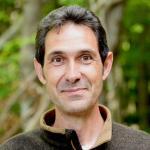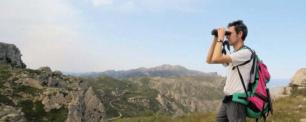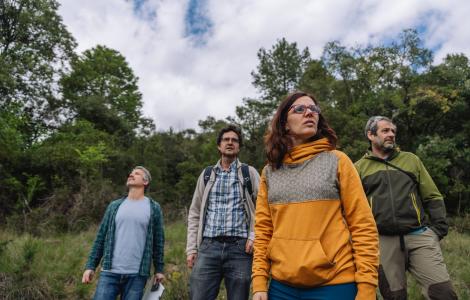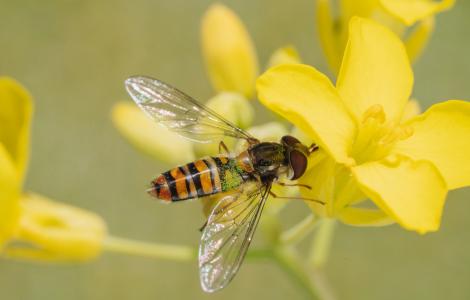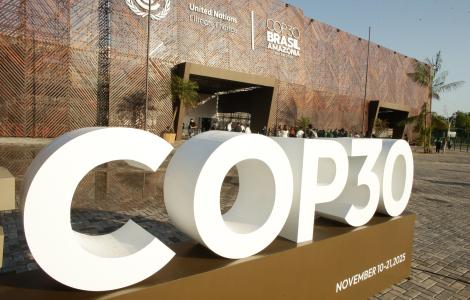CREAF researcher and scientific director of the Catalan Institute of Ornithology (ICO), Sergi Herrando, has been elected as the new President of the European Bird Census Council (EBCC), succeeding Verena Keller, who had chaired the organization in recent years. The election was formalized during the General Assembly of the EBCC, which brings together representatives from 48 countries involved in the monitoring and research of European birds.
As the new President, Herrando will take on the legal representation of the entity and coordinate the Board of Directors. His main tasks will include boosting strategic scientific projects, organizing the annual assembly and the EBCC’s triennial conference, and strengthening cooperation between countries.
The EBCC is a leading scientific organization in Europe that promotes the collection, analysis, and integration of ornithological data to inform biodiversity conservation and management policies. Among its key initiatives are the Pan-European Common Bird Monitoring Scheme (PECBMS) and the European Breeding Bird Atlas (EBBA). These projects collect data on population trends of breeding species in Europe and track their distribution changes over time. All of this is made possible thanks to the work of more than 100,000 volunteers coordinated by dozens of research centers, NGOs, and museums across Europe. Another flagship project is the EuroBird Portal, which allows real-time tracking of bird observations across Europe by integrating national portals, updating millions of observations daily, thanks to a collective and voluntary effort across the continent.
